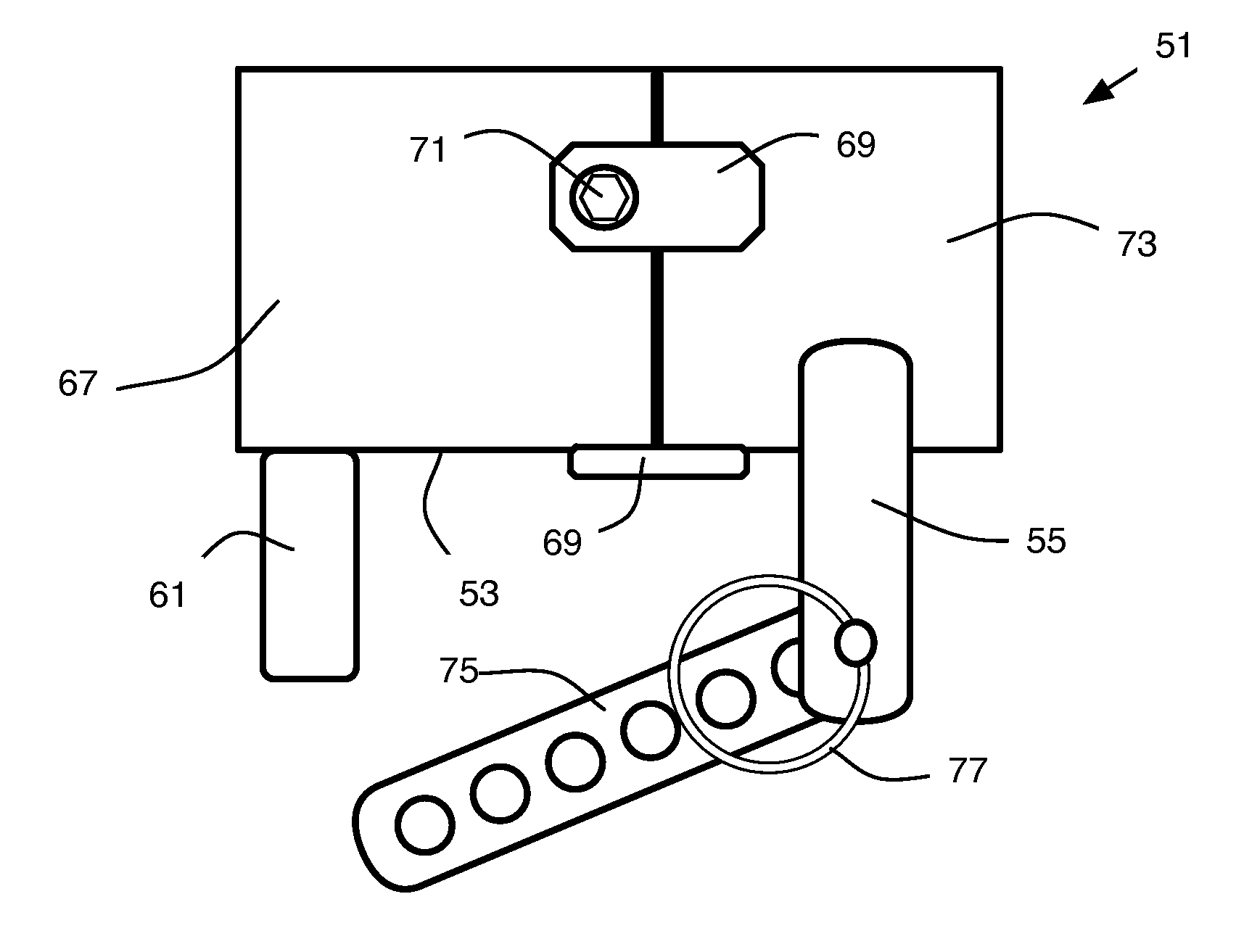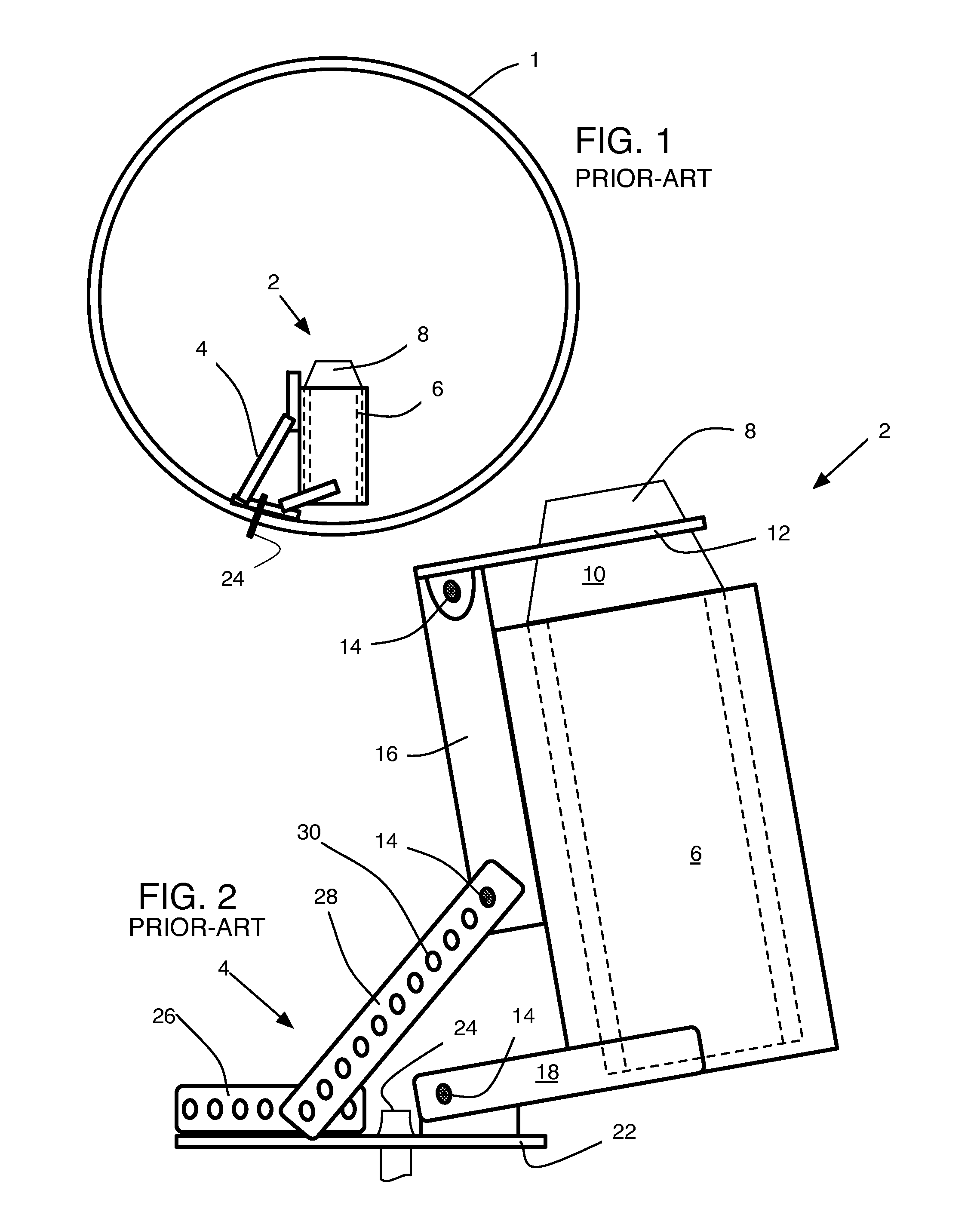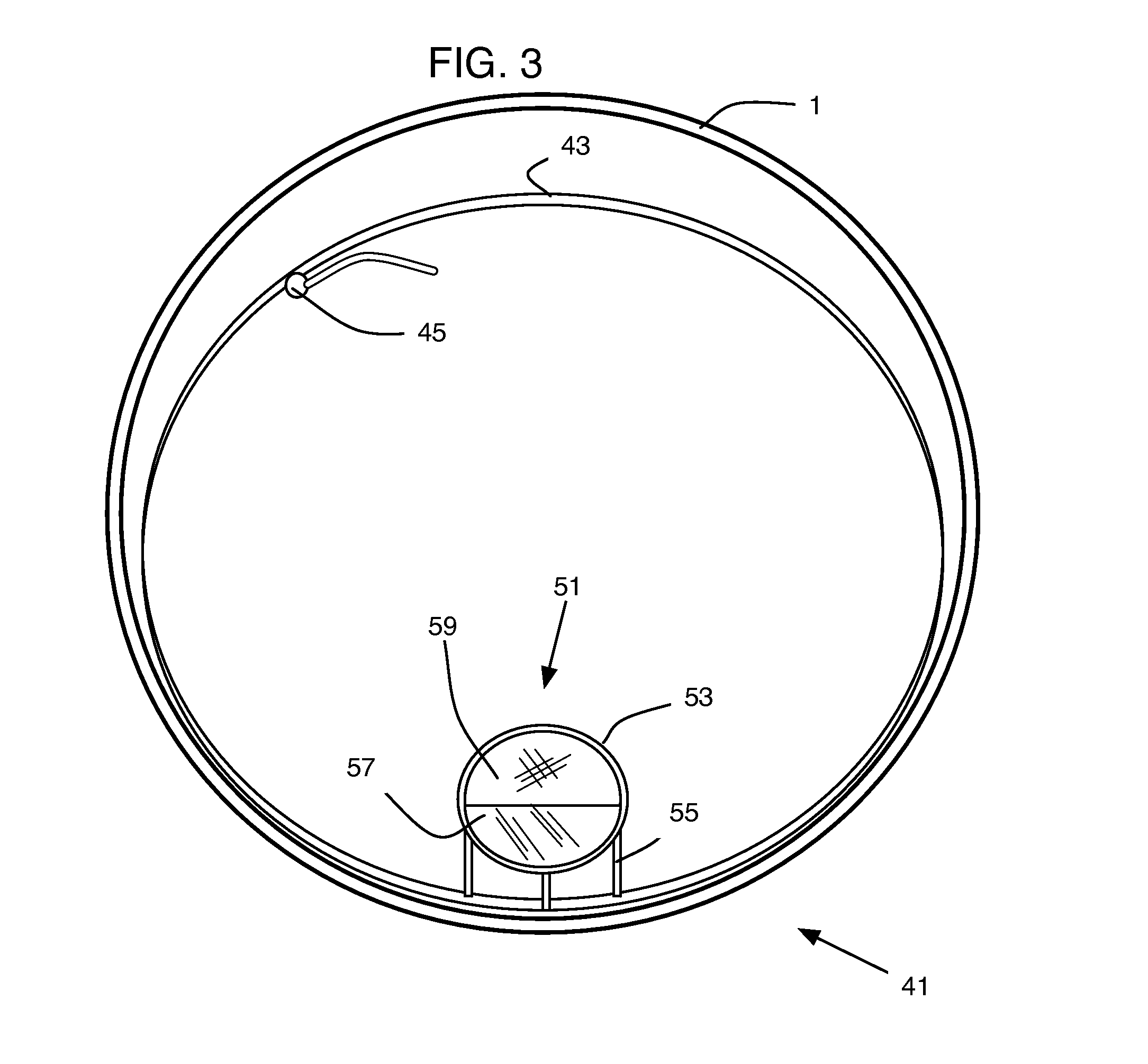Screened Inline Flow-through (SIFT) Sediment Trap Apparatus
a sediment trap and flow-through technology, applied in the direction of filtration separation, separation processes, instruments, etc., can solve the problems of significant labor hours for sediment separation, bottle-type sediment traps require significant installation and maintenance, and the volume of stormwater solids captured is insufficien
- Summary
- Abstract
- Description
- Claims
- Application Information
AI Technical Summary
Benefits of technology
Problems solved by technology
Method used
Image
Examples
Embodiment Construction
[0030]Possible preferred embodiments will now be described with reference to the drawings and those skilled in the art will understand that alternative configurations and combinations of components may be substituted without subtracting from the invention. Also, in some figures certain components are omitted to more clearly illustrate the invention.
[0031]FIG. 1 illustrates a known sediment trap 2 for placement in a pipe 1. Such a trap 2 include a housing 6 supported by a bracket assembly 4. The bracket assembly is bolted to a sidewall of the pipe. The housing supports a plastic collection bottle 8 using a securing band 12. The opening of the bottle is placed perpendicular to the flow of the effluent stream in the pipe. And sediment is deposited in the narrow opening, along with fluid and fluid with suspended solids. Because the bottle opening must be perpendicular to the flow of the effluent stream, this conventional trap requires a considerable amount of headroom, effectively limit...
PUM
| Property | Measurement | Unit |
|---|---|---|
| Length | aaaaa | aaaaa |
| Length | aaaaa | aaaaa |
| Diameter | aaaaa | aaaaa |
Abstract
Description
Claims
Application Information
 Login to View More
Login to View More - R&D
- Intellectual Property
- Life Sciences
- Materials
- Tech Scout
- Unparalleled Data Quality
- Higher Quality Content
- 60% Fewer Hallucinations
Browse by: Latest US Patents, China's latest patents, Technical Efficacy Thesaurus, Application Domain, Technology Topic, Popular Technical Reports.
© 2025 PatSnap. All rights reserved.Legal|Privacy policy|Modern Slavery Act Transparency Statement|Sitemap|About US| Contact US: help@patsnap.com



